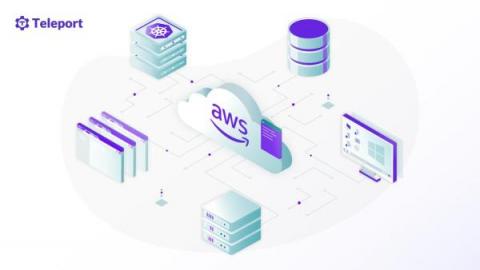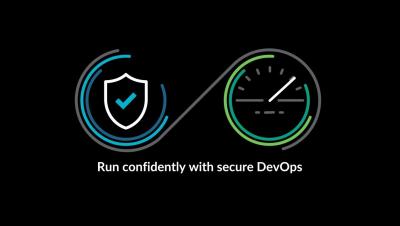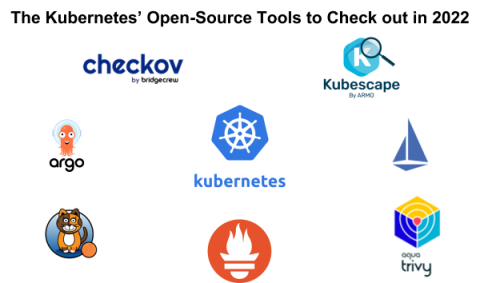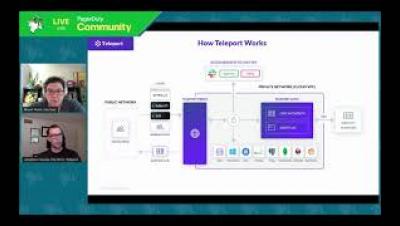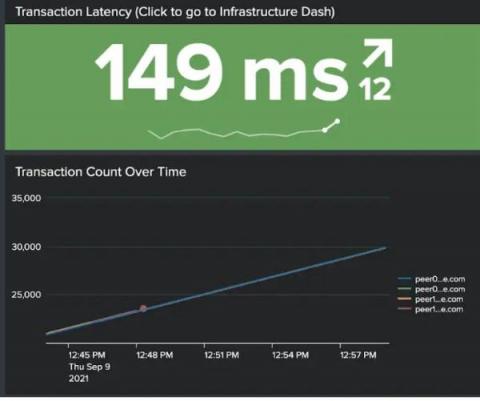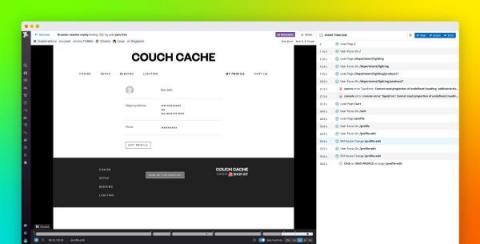re:Invent 2021: 10 Reasons You Need Teleport to Secure Your Apps on AWS
Teleport will be live at re:Invent from Nov. 30-Dec. 2. If you are there, please stop by Booth 718 and talk to me and the Teleport team about how we can improve your security and compliance of apps running on AWS. If you can’t make it in person, here is my top 10 list of things you should know about AWS and Teleport. Check out our Teleport on AWS page for more info.


